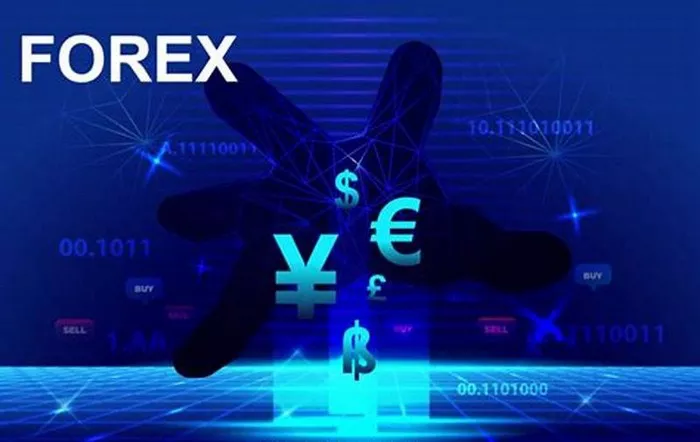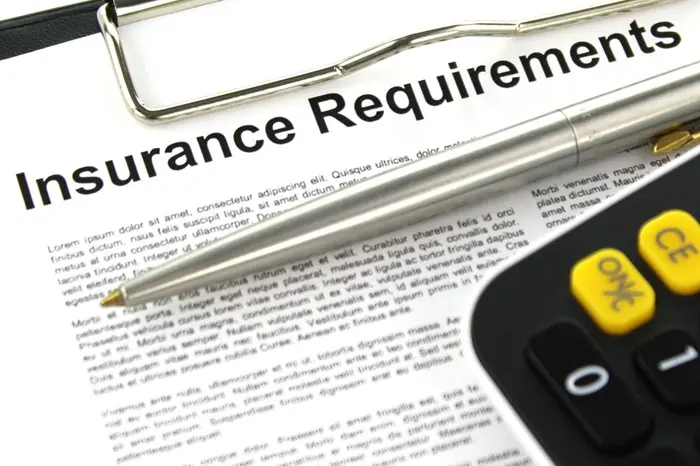Converting USD to INR in India is a common requirement for travelers, investors, and businesses. The process involves understanding exchange rates, fees, and different conversion methods. This guide explains the best ways to convert USD to INR, ensuring you get the best value for your money.
The Indian Rupee (INR) is the official currency of India, while the US Dollar (USD) is a globally accepted currency. When converting USD to INR, the exchange rate plays a crucial role. Exchange rates fluctuate due to market conditions, so choosing the right time and method is important.
This article covers banks, currency exchange services, online platforms, and other methods for converting USD to INR. It also discusses important factors like exchange rates, fees, and legal requirements. By the end, you will know the most efficient and cost-effective ways to convert your USD into INR.
Understanding Exchange Rates
Exchange rates determine how much INR you receive for each USD. The rate changes daily based on global financial markets. Banks and currency exchange services add a small margin to the market rate, so rates vary between providers.
The Reserve Bank of India (RBI) regulates currency exchange in India. Authorized dealers, such as banks and licensed money changers, follow RBI guidelines. Checking multiple sources for exchange rates helps you get the best deal.
Online currency converters provide real-time exchange rates. Websites like XE, OANDA, and RBI’s official site display live rates. Comparing these rates before converting USD ensures you receive a fair price.
Methods to Convert USD to INR in India
Banks
Banks are a safe and reliable option for converting USD to INR. Most major banks in India offer currency exchange services. You need a bank account to use this method. Some banks allow non-account holders to exchange currency with additional documentation.
The process involves submitting USD cash or a USD-denominated check. Banks may charge a commission or service fee. The exchange rate at banks is usually competitive but may include hidden charges.
Forex cards issued by banks are another option. These prepaid cards store USD and convert them to INR when used in India. Forex cards are convenient for travelers and offer better rates than cash exchanges.
Currency Exchange Services
Licensed currency exchange services are available at airports, hotels, and major cities. These services provide quick cash conversions but may charge higher fees.
Authorized money changers offer better rates than unauthorized ones. Always check for a valid license before exchanging money. Unauthorized changers may offer attractive rates but could be involved in illegal activities.
Exchange services at airports are convenient but expensive. Rates at airports are less favorable due to higher operating costs. If possible, avoid exchanging large amounts at airports.
Online Forex Platforms
Online forex platforms allow you to convert USD to INR digitally. These platforms offer competitive rates and lower fees. You need to create an account, verify your identity, and transfer USD electronically.
Popular online forex services include BookMyForex, Thomas Cook, and Wise (formerly TransferWise). These platforms provide real-time rates and fast transfers. Some services also offer doorstep currency delivery.
Online exchanges are ideal for large transactions. They provide transparency and often better rates than banks. However, processing times may vary depending on the platform.
Credit and Debit Cards
Using a credit or debit card for USD to INR conversion is simple. When you make a purchase in India, the card network (Visa, Mastercard) automatically converts USD to INR.
Banks charge a foreign transaction fee (usually 2-3%) for card conversions. Dynamic Currency Conversion (DCC) allows merchants to charge in USD, but this often results in poor exchange rates. Always choose to pay in INR for better rates.
Peer-to-Peer (P2P) Exchanges
Peer-to-peer exchanges connect individuals looking to buy and sell currencies. Platforms like Paxful and LocalBitcoins facilitate P2P USD to INR trades.
P2P exchanges offer competitive rates but carry risks. Fraudulent transactions and lack of regulation are concerns. Only use trusted platforms and verify the counterparty before trading.
Factors Affecting USD to INR Conversion
Exchange Rate Margins
Banks and exchange services add a margin to the market rate. This margin varies between providers. Comparing margins helps you find the best deal.
Transaction Fees
Some services charge flat fees, while others take a percentage of the transaction. Hidden fees can reduce the final amount received. Always ask for a complete breakdown of charges.
Transfer Speed
Banks may take 1-3 business days for currency conversion. Online platforms and P2P exchanges can be faster. Choose a method based on urgency.
Legal Limits and Documentation
The RBI sets limits on USD to INR conversions. For amounts above a certain threshold, additional documents like PAN card and proof of income are required.
Unauthorized exchanges can lead to legal issues. Always use RBI-approved channels for currency conversion.
Tips for Getting the Best Exchange Rate
Monitor Exchange Rate Trends
Exchange rates fluctuate daily. Tracking trends helps you convert USD when rates are favorable. Financial news and forex apps provide rate alerts.
Avoid Airport Exchanges
Airport currency counters offer convenience but poor rates. Exchange a small amount for immediate needs and convert the rest later.
Negotiate with Exchange Providers
Some money changers offer better rates for large transactions. Negotiating can help you save money.
Use Forex Cards for Travel
Forex cards lock in exchange rates at the time of loading. They are safer than carrying cash and offer competitive rates.
Conclusion
Converting USD to INR in India requires careful consideration of exchange rates, fees, and methods. Banks, currency exchange services, online platforms, and cards offer different advantages. Choosing the right option depends on your needs, amount, and urgency.
Always compare rates and fees before converting money. Avoid unauthorized exchangers to prevent legal and financial risks. By following these guidelines, you can maximize the value of your USD when converting to INR.
Staying informed about market trends and RBI regulations ensures a smooth and profitable currency conversion experience. Whether you are a traveler, investor, or business owner, understanding the process helps you make the best financial decisions.
Related topics:





























